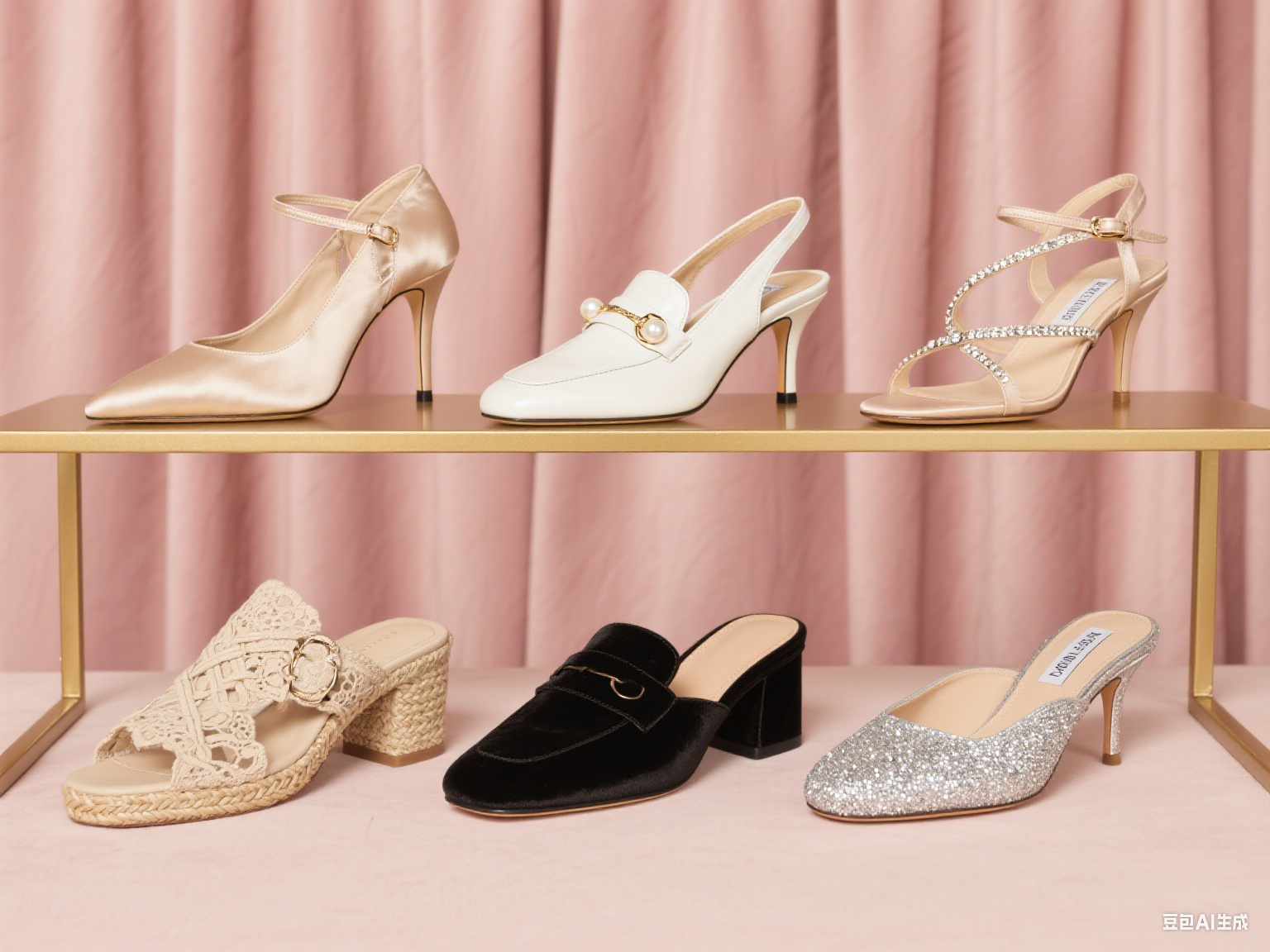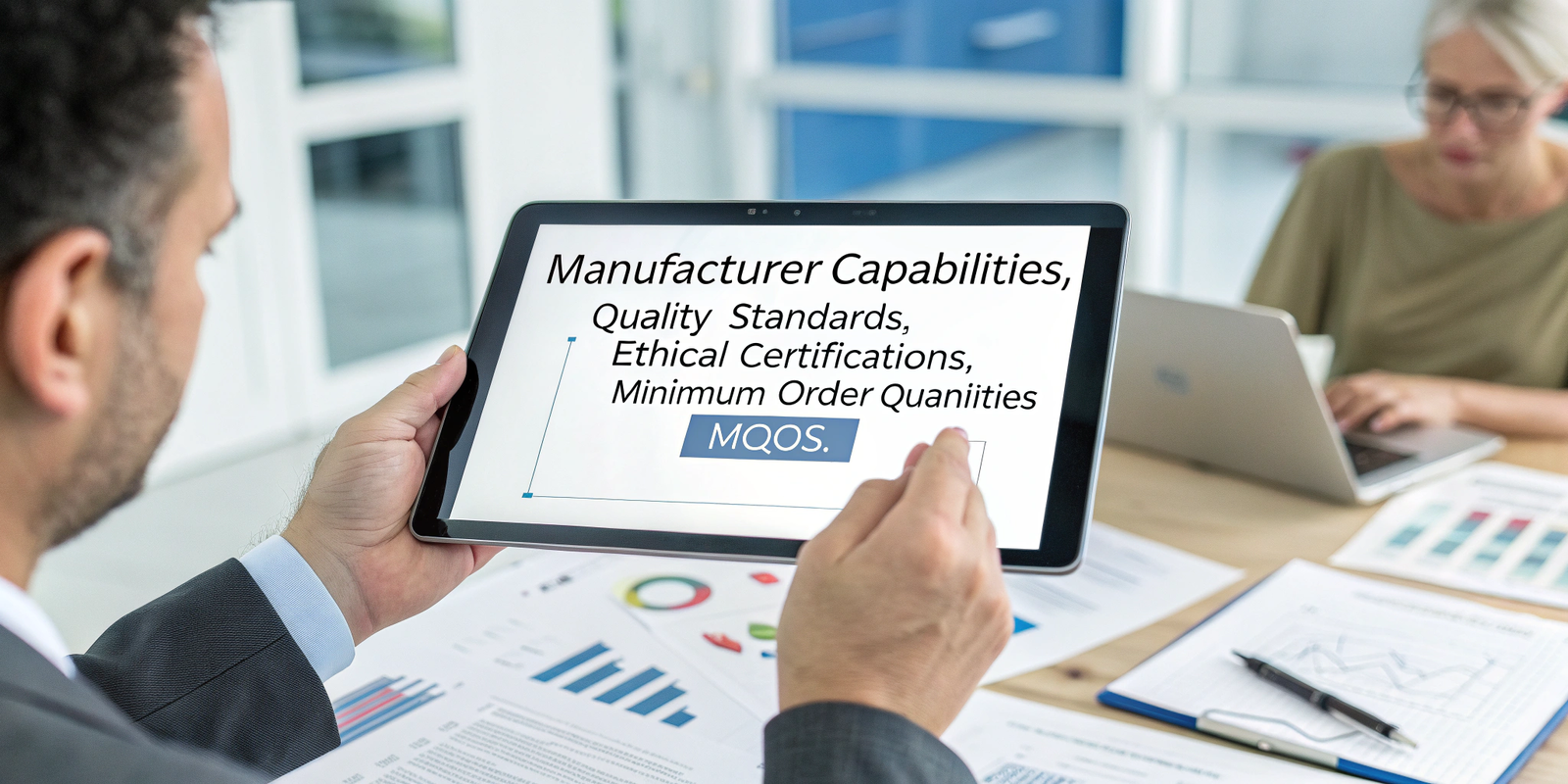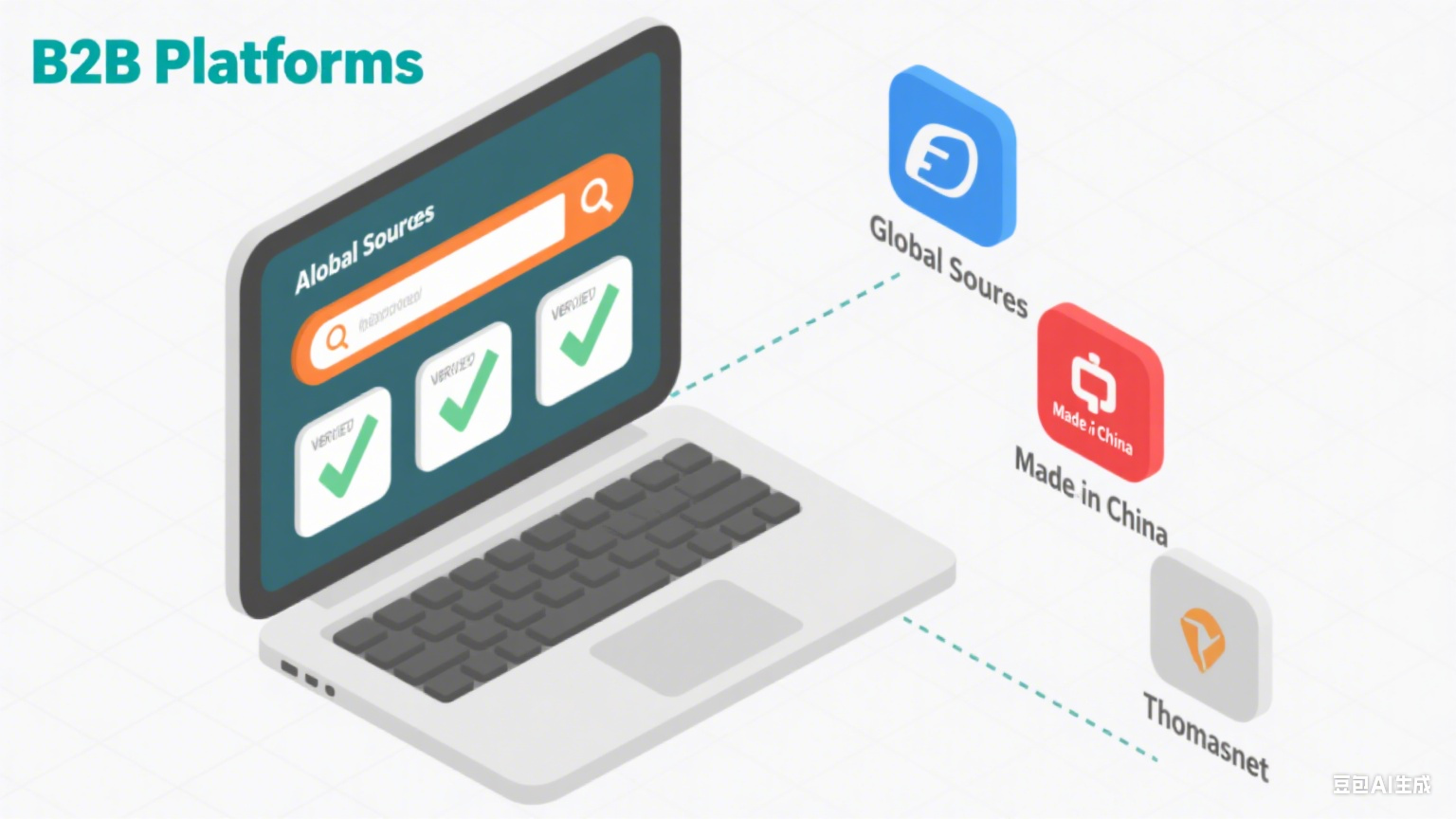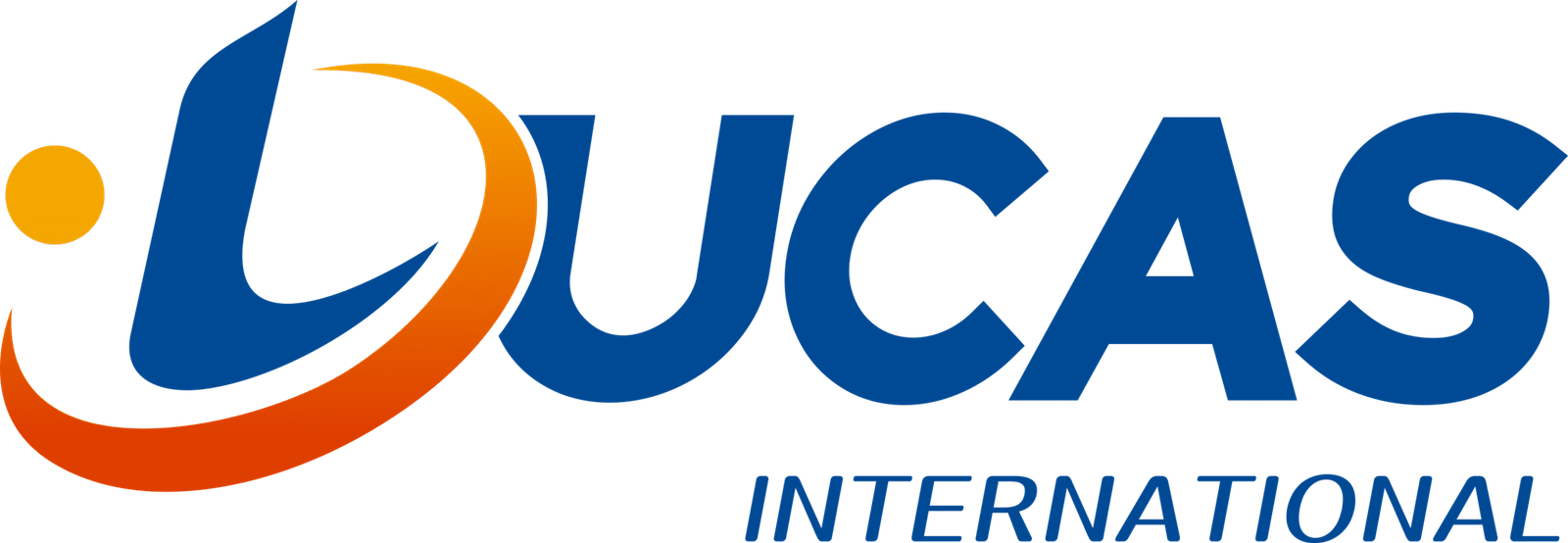Which is the best brand for women's shoes?
Are you searching for the "best" brand for women's shoes and wondering what truly defines that? It's more complex than a single answer.
Defining the "best" brand for women's shoes is subjective, as it depends on individual needs, preferences, and the shoe's purpose. Top brands excel across categories like comfort (e.g., ECCO, Clark's), style (e.g., Jimmy Choo, Manolo Blahnik), athletic performance (e.g., Nike, Adidas), and sustainability (e.g., Allbirds, Rothy's), demonstrating that "best" aligns with a specific criterion.
 From my perspective in shoe manufacturing, the "best" brand isn't about one name, but about how well a brand consistently meets its customers' evolving demands, whether it's for fashion, function, or ethical production. We aim to help brands achieve their definition of "best."
From my perspective in shoe manufacturing, the "best" brand isn't about one name, but about how well a brand consistently meets its customers' evolving demands, whether it's for fashion, function, or ethical production. We aim to help brands achieve their definition of "best."
Defining "The Best" in Women's Footwear
The concept of the "best" brand is highly personal, influenced by individual values, lifestyle, and foot needs. Instead of a single answer, it's more helpful to look at brands that excel in different aspects:
- 1. Comfort and Everyday Wear:
- ECCO: Renowned for its anatomical design and direct-injection technology, ECCO provides exceptional comfort and support for everyday wear. Their shoes often feature soft leathers and flexible soles.
- Clarks: A long-standing brand known for classic styles, solid construction, and superior comfort, often incorporating cushioning technologies into their designs.
- Vionic: Focuses on biomechanical support with built-in orthotic footbeds, making them ideal for those seeking arch support and stability, especially for conditions like plantar fasciitis.
- 2. Style and Luxury:
- Jimmy Choo: Synonymous with high fashion and red-carpet glamour, known for its exquisite design, luxurious materials, and iconic high heels that exude sophistication.
- Manolo Blahnik: Celebrated for its elegant and often embellished designs, Manolo Blahnik creates iconic pieces that are both artful and coveted, particularly in the realm of dress shoes and heels.
- Christian Louboutin: Instantly recognizable by its signature red soles, Louboutin offers daring and high-fashion designs that are a staple in luxury wardrobes, pushing boundaries in style and silhouette.
- 3. Athletic Performance:
- Nike: A global leader in athletic footwear, Nike continuously innovates with technologies like Air and ZoomX, providing superior cushioning, support, and responsiveness for various sports and running.
- Adidas: Offers advanced designs like Boost and Primeknit, providing comfort and performance across categories from running to training and lifestyle.
- Brooks: Specifically focuses on running shoes, known for their emphasis on cushioning, stability, and biomechanics, making them a top choice for serious runners.
- 4. Ethical and Sustainable Practices:
- Allbirds: Pionered sustainable footwear using natural materials like Merino wool, eucalyptus tree fiber, and sugarcane, focusing on comfort and a minimalist aesthetic with a low carbon footprint.
- Rothy's: Known for stylish flats and sneakers made from recycled plastic bottles, combining sustainability with machine-washable convenience.
- Veja: A French brand that stands out for its transparency and commitment to ecological materials (organic cotton, wild rubber) and fair trade practices in its sneaker production.
Ultimately, the "best" brand is the one that best aligns with a woman's individual needs, whether that's supreme comfort for a long day, a statement piece for a special event, peak performance for a marathon, or a conscious choice for the planet. My company, Lucas, strives to meet the manufacturing needs of brands aiming for "best" in any of these categories, adhering to ethical practices like BSCI and SEDEX certification.
| "Best" Category | Representative Brands | Key Features/Why They Excel |
|---|---|---|
| Comfort/Everyday | ECCO, Clarks, Vionic | Anatomical design, cushioning, arch support, comfortable materials. |
| Luxury/Style | Jimmy Choo, Manolo Blahnik, Christian Louboutin | Exquisite design, premium materials, iconic aesthetics, high fashion. |
| Athletic Performance | Nike, Adidas, Brooks | Advanced cushioning tech (Air, Boost), stability, specialized design for sports. |
| Ethical/Sustainable | Allbirds, Rothy's, Veja | Use of recycled/natural materials, fair trade, low carbon footprint. |
How do I find my manufacturer?
Are you a new brand owner or designer struggling to find the right manufacturer for your shoe line? This is a crucial step for any business.
Finding the right manufacturer for your shoes involves defining your product needs, researching potential partners through online directories, trade shows, and referrals, then thoroughly vetting them based on their capabilities, quality standards, ethical certifications, communication, and minimum order quantities (MOQs). Building a strong relationship is key to successful production.
 At Lucas, we often work with brands looking for reliable manufacturing partners. My experience since 1998 has taught me that finding the right match is about more than just price; it's about shared values, clear communication, and a commitment to quality.
At Lucas, we often work with brands looking for reliable manufacturing partners. My experience since 1998 has taught me that finding the right match is about more than just price; it's about shared values, clear communication, and a commitment to quality.
Steps to Sourcing the Right Footwear Manufacturer
Finding compatible manufacturers is a systematic process that involves research, communication, and due diligence.
- 1. Define Your Needs and Product Specifications:
- Before you even begin searching, have a clear vision of your product. What type of shoes? What materials? What are your target price points? What are your quality expectations?
- Crucially, define your Minimum Order Quantity (MOQ) – the smallest number of units a factory will produce. Many factories have high MOQs, so if you're a startup with low volume, you'll need to find manufacturers specializing in smaller runs. Be realistic about your budget for samples and production.
- 2. Research and Initial Sourcing Channels:
- Online B2B Platforms: Websites like Alibaba, Global Sources, and Made-in-China are huge databases of manufacturers worldwide. You can filter by product type, location, and even certifications. Be prepared for a wide range of quality and service.
- Trade Shows: Attending footwear trade shows (e.g., MICAM in Italy, WSA Show in the US, Canton Fair in China) allows you to meet manufacturers face-to-face, see their samples, and discuss capabilities directly. This is often the best way to make personal connections.
- Referrals and Industry Networks: Ask other designers or brands in your network for recommendations. Personal referrals can lead to trusted partners.
- Sourcing Agents/Consultants: If you're overwhelmed or lack experience, a sourcing agent can help find and vet manufacturers on your behalf, especially if you're looking overseas. They charge a fee but can save time and prevent costly mistakes.
- 3. Initial Contact and Vetting (The "Shortlist"):
- Once you have a list, send out detailed inquiries. Provide your design sketches, material preferences, MOQs, target price, and any specific requirements (e.g., sustainable materials, certifications like BSCI/SEDEX).
- Assess their responsiveness, clarity of communication (especially in English if needed), and willingness to work with your project size.
- Ask for factory profiles, previous work samples (especially if they've worked with similar brands), and relevant certifications (e.g., ISO, BSCI, SEDEX, GRS). For Lucas, our BSCI and SEDEX certifications are key indicators of our ethical and quality standards.
- 4. Request Samples and Get Quotes:
- After shortlisting, request samples. This is crucial. It allows you to assess their craftsmanship, material quality, and attention to detail. Be prepared to pay for samples and shipping.
- Get detailed quotes that break down costs per unit, including materials, labor, shipping, and any tooling fees.
- 5. Factory Audit and Relationship Building:
- Ideally, visit the factory in person or hire a third party to conduct an audit. This helps verify their facilities, production capacity, quality control processes, and working conditions.
- Build a strong, transparent relationship. Effective communication is paramount for successful long-term partnerships.
Finding the right manufacturer is an investment of time and effort, but it lays the foundation for your brand's success. As a manufacturer for over 20 years, we value clear communication and a shared commitment to quality with our clients.
| Step in Sourcing | Key Actions | Why It's Important |
|---|---|---|
| 1. Define Needs | Outline product specs, MOQs, budget, quality standards. | Foundation for targeted search; avoids wasting time with unsuitable partners. |
| 2. Research/Source | Use B2B platforms, attend trade shows, seek referrals, agents. | Uncover potential manufacturers and make initial connections. |
| 3. Initial Vetting | Send detailed inquiries, assess communication, ask for profiles/certs. | Create a shortlist of viable candidates; ensure basic compatibility and quality. |
| 4. Samples & Quotes | Request samples; get detailed cost breakdowns. | Evaluate actual product quality and confirm financial viability. |
| 5. Audit & Relationship | Visit factory (or third-party audit), foster clear communication. | Verify capabilities, ensure ethical practices, build trust for long-term success. |
How do I find a manufacturer website?
Trying to locate a manufacturer's official website can be tricky, especially for overseas companies. Here’s how you can do it effectively.
To find a manufacturer's website, start by searching on B2B platforms (Alibaba, Global Sources) for their company name. Use search engines (Google, Bing) with specific keywords like "[company name] manufacturer," or "[company name] footwear factory." Trade show directories and industry association websites often list official manufacturer websites too. Always cross-reference information to confirm authenticity.
 At Lucas, we understand the importance of making reliable connections. Our website, www.lucascn.online, is designed to be a clear point of contact for potential partners. Here are the methods for finding similar manufacturers online.
At Lucas, we understand the importance of making reliable connections. Our website, www.lucascn.online, is designed to be a clear point of contact for potential partners. Here are the methods for finding similar manufacturers online.
Effective Strategies for Locating Manufacturer Websites
Finding a specific manufacturer's website can be critical for verifying their legitimacy, exploring their full capabilities, and making direct contact.
- 1. Use B2B Sourcing Platforms:
- Many legitimate manufacturers list their profiles on major business-to-business (B2B) platforms like Alibaba.com, GlobalSources.com, Made-in-China.com, and IndiaMart.com.
- When you find a company profile on these platforms, they often include a direct link to their official website within their contact information or company overview section.
- Pro Tip: Look for "Gold Supplier," "Verified Supplier," or similar badges, which indicate a higher level of verification and usually mean they have a well-established online presence.
- 2. Targeted Search Engine Queries:
- If you have a manufacturer's name, use a search engine (like Google, Bing, or Baidu for Chinese manufacturers). Combine the company name with terms like "manufacturer," "factory," "co., ltd.," "footwear," or "shoes."
- Examples: "Zhejiang Lucas Shoes manufacturer," "Huajian Group official website," "Nike shoe factory Vietnam."
- Consider Language: If you know the country of origin, sometimes searching in the local language can yield better results, or try adding terms like ".com.cn" or ".vn" for country-specific domains.
- 3. Trade Show Directories:
- Major international trade shows (like MICAM, Canton Fair, FN Platform, etc.) often publish online directories of their exhibitors. These directories typically include company names, booth numbers, and often a link to their official website.
- Searching these past or upcoming exhibitor lists can be a very reliable way to find verified manufacturers.
- 4. Industry Association Websites:
- Many countries and regions have footwear or manufacturing industry associations (e.g., Footwear Distributors and Retailers of America (FDRA), China Leather Industry Association). These associations often have member directories that list manufacturers with links to their websites.
- 5. Reverse Image Search (Less Common but Possible):
- If you've seen a particular shoe design and suspect a specific manufacturer, but only have an image, you could try a reverse image search. This might lead you to articles or pages that mention the manufacturer.
- 6. LinkedIn and Professional Networks:
- Many manufacturing companies maintain a presence on LinkedIn. Searching for the company name there might lead you to their official company page, which often links to their website. You can also connect with employees who might provide direct links.
Always be cautious and verify information when using online sources. Look for clear contact information, a professional website design, and consistency in their branding and messaging across different platforms.
| Method | Steps | Pros | Cons |
|---|---|---|---|
| B2B Platforms | Search company profiles; look for website links. | Large databases, often verified suppliers. | Can be overwhelming, some profiles may be outdated. |
| Search Engine Queries | Use company name + industry keywords ("manufacturer", "factory"). | Direct and fast if company has a strong online presence. | Can be challenging for lesser-known companies. |
| Trade Show Directories | Browse past/upcoming exhibitor lists. | Verified exhibitors, often includes direct links. | Requires knowledge of relevant trade shows. |
| Industry Associations | Check member directories on industry group websites. | Reputable sources, often includes certified members. | Limited to associations you know. |
| LinkedIn/Professional Net. | Search company pages; connect with employees. | Direct links, potential for networking. | Company must have an active LinkedIn presence. |
Conclusion Finding the "best" women's shoe brand is subjective, depending on comfort, style, performance, or sustainability. For brands, finding a manufacturer requires defining needs, researching via B2B platforms or trade shows, vetting, requesting samples, and building strong relationships. Locating their website often involves B2B platform links or targeted search engine queries.
